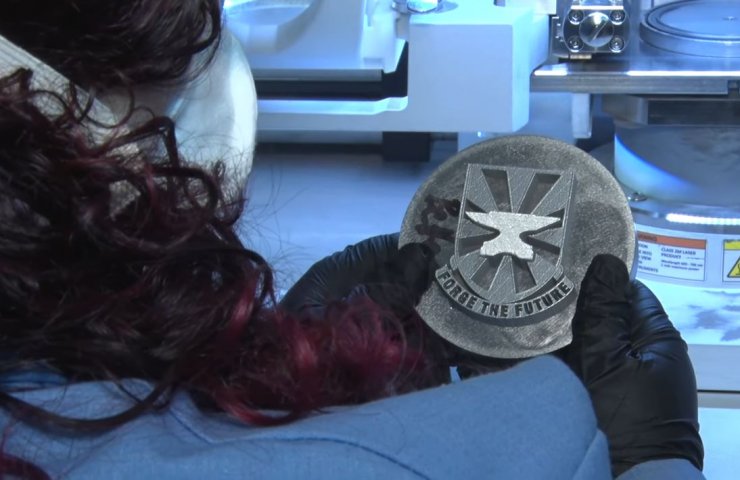The military may in the not too distant future use 3-D printers to quickly obtain reliable and heavy-duty metal parts right on the spot. US Army Combat Development Command's Research Laboratory is implementing new technologies to laser-create alloy steel powder parts. Scientists say this technology could change everything.
“I think this is really going to revolutionize logistics,” said Dr. Brandon McWilliams, group leader for the lab's industrial science and technology. "Additive manufacturing will have a huge impact on the viability of the military."
While progress has remained steady, McWilliams said the dream of quickly printing reliable 3D metal parts is still a long way off; however, the benefits will be substantial.
“You can really reduce your logistics costs,” he said. “Instead of worrying about transporting an entire truck or transporting a lot of spare parts, if you have the raw materials and a printer, you can potentially do whatever you need to do.
The researchers are using an alloy originally developed for the US Air Force. The army created a metal called AF96 in powder form. Using the Powder Bed Fusion method, the printer's 3-D laser selectively melts the powder into a pattern. The printer then covers the build plate with another layer of powder and the process repeats until the part is complete.
“We can print parts with internal structures that can be created with even greater dimensional accuracy than on a factory machine,” says Dr. Andell Kudzal, materials engineer on the McWilliam team.
Army researchers say this steel alloy has amazing qualities.
"This material is about 50 percent stronger than anything commercially available," McWilliams said.
For military applications, the key to use is certification. Will the printed part work as expected in the battle scenario?
“We've printed some fans for the M1 Abrams turbine engine impeller and we can ship this part - they can use it and it works,” McWilliams said.
The researchers say the experiment boils down to two real-world strategies. One is for battlefield survival, the logistical element of replacing existing parts and maintaining legacy systems, but the second strategy is about futures systems.
This is where we are more integrated with OEMs and the industry to see what they are working on and see how we can make things better to truly advance the state of the art, ”McWilliams said.
The Air Force originally developed this alloy for use in bunker bombs. They needed a metal that was very durable, but they also aimed to be cost effective.
The lab works closely with industry and academic researchers to model new alloy designs, perform computational thermodynamics, and accelerate material transfer. into the army.




